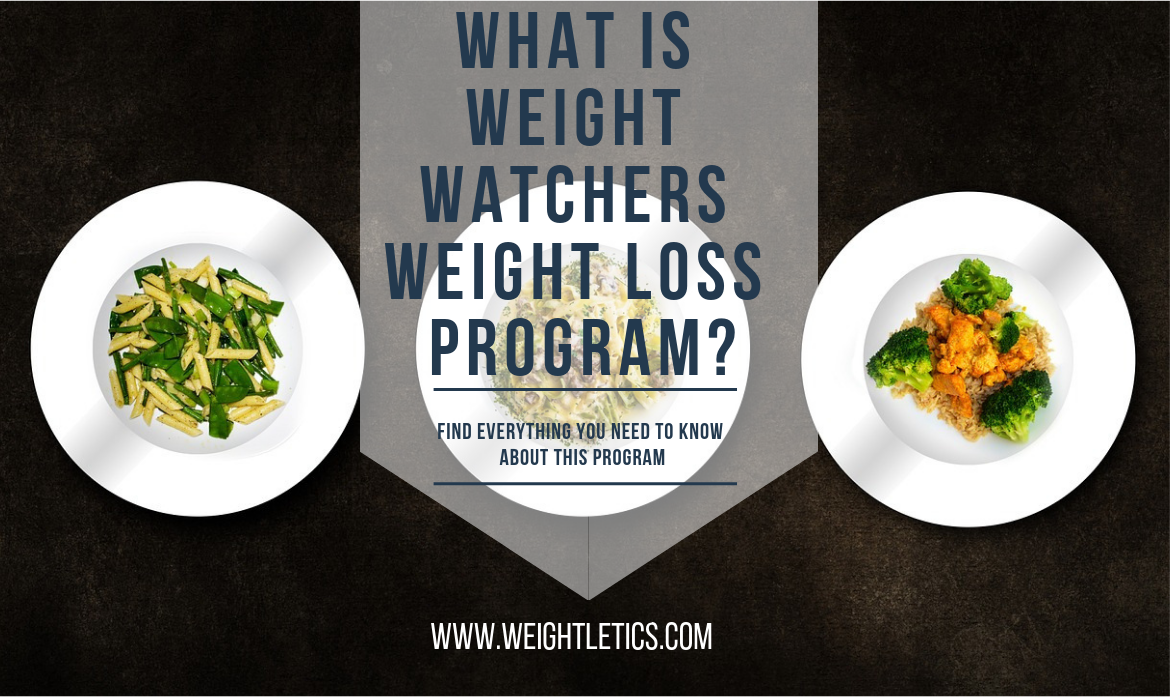If you’re into healthy snacks or you just want to cut down on food waste at home, getting a food dehydrator can totally upgrade your kitchen game. Dehydrators don’t get as much attention as other kitchen appliances, but once you’ve tried homemade jerky, crispy apple chips, or yogurt drops, it’s hard to go back to store-bought snacks. I’ve been checking out different models over the past few years, and I’m happy to share what I’ve learned about these handy machines.
One of the best-selling and most reliable options right now is the COSORI Food Dehydrator with 6 trays. Before jumping into why this particular model is so popular, it’s worth mentioning what you can actually do with a dehydrator, what to look for before you buy, my own experiences, and how it stacks up for everyday use.
Table of Contents
- Quick Overview: COSORI Food Dehydrator 6 Trays
- Why Buy a Food Dehydrator?
- What to Look For in a Good Dehydrator
- COSORI Food Dehydrator 6 Trays: Technical Details
- Pros and Cons
- Customer Reviews
- Fun Facts About Food Dehydration
- Is the COSORI Food Dehydrator Worth It?
- FAQ: Food Dehydrators and the COSORI 6-Tray
- Final Thoughts
Quick Overview: COSORI Food Dehydrator 6 Trays
Brand: COSORI
Model: Food Dehydrator Machine
Number of Trays: 6 stainless steel racks
Temperature Range: 95°F – 165°F (35°C – 73°C)
Timer: Up to 48 hours, adjustable in 30-minute increments
Noise Level: Under 48 dB (pretty quiet)
Material: Stainless steel body, BPA-free trays
Size: About 17 x 13 x 12 inches
Price Range: Typically $160 – $200 USD (check Amazon for up-to-date pricing)
Warranty: 1-year warranty plus an extra year if you register online
Rating: 4.7/5 stars on Amazon with over 21,700 reviews
What’s in the box? You get the main dehydrator unit, six trays, a fruit roll sheet, a mesh screen, a user manual and a cookbook packed with 50 ideas for recipes and tips to get you started.
Why Buy a Food Dehydrator?
I started looking into food dehydrators when I wanted a better way to store fruit and vegetables from my garden. Dehydrating makes food last way longer, keeps flavors concentrated, and is a fun way to experiment in the kitchen. If you’re a camper or hiker, homemade snacks dry light and pack easily. Plus, if you’re trying to avoid added sugars and preservatives, drying your own fruit is a next-level cool way to control exactly what goes into your snacks.
A food dehydrator is also way more energy efficient than using your oven for the same job. Ovens can’t go as low as a dehydrator’s temperature settings, which means your dried bananas always end up half-baked or burnt. With a good machine, the results are consistent and you don’t have to babysit it for hours or worry about your electric bill jumping up.
What to Look For in a Good Dehydrator
After using a few budget and highend machines, these are the features I always pay attention to:
- Stainless steel trays: Easier to clean and last longer than plastic trays. Food doesn’t stick as much, and there’s no weird taste transfer.
- Temperature range: Look for a machine that covers at least 95°F to 160°F. Lower settings are ideal for delicate herbs; higher is handy for jerky.
- Timer and auto shut-off: Super useful for overnight or allday dehydrating. You set it and forget it without worrying about overdrying.
- Quiet operation: Especially important if you have an open plan kitchen or you run the dehydrator overnight.
- Ease of cleaning: Removable trays that you can run through the dishwasher are pretty handy. Avoid trays with lots of nooks that trap food bits.
- Size and footprint: Make sure the dehydrator fits on your counter or in your pantry. Stackable trays can save a ton of space if you’re short on room.
COSORI Food Dehydrator 6 Trays: Technical Details
The COSORI 6-Tray model is one of the most popular dehydrators for home use, and it’s easy to see why. The machine has a premium look and feel, thanks to its stainless steel exterior, and the controls are digital, which I find way easier to use and more precise than dials.
Size and Build: It’s about the size of a large toaster oven and weighs 18 pounds. It doesn’t slide around, and all six trays can be loaded up without overcrowding. Unlike cheap plastic models, there’s basically zero plastic smell on first use. Its footprint is reasonable for apartment kitchens, giving you plenty of space for making larger batches, great for families or meal prepping.
Controls: The front panel has a digital display for time and temperature along with a few simple buttons. All trays are removable and can be loaded and cleaned easily. The timer can be set for anywhere from 30 minutes to 48 hours, in convenient increments. That’s way more flexible than many entrylevel dehydrators, which only run as long as you remember to turn them off.
Temperature: The range covers everything from drying fragile herbs, making chewy mango strips, all the way to safe meat jerky. The temperature stays really stable, so there’s no hot or cold spots. Cheaper models often struggle with that, giving you uneven results where some pieces are crisp while others stay soft.
Noise: This dehydrator is quiet for its size. I measured with a decibel app, and it stays below 48 dB, which just sounds like white noise at the edge of your kitchen. I often run it overnight or while working from home, and it’s never distracting.
Cleaning: After a big batch of apple rings and strawberries, I just toss the trays into the dishwasher, and they wash clean. The mesh screen and fruit roll tray are easy to rinse as well. The base wipes clean with a damp cloth. I usually run a brush through it for good measure, sparing me the pain of sticky build-ups.
Accessories: The included mesh screen and fruit roll sheet are perfect for sticky or liquidy foods.
Pros and Cons
Pros:
- Six roomy, durable stainless steel trays
- Very quiet while running
- Digital controls are super easy to use
- Consistent temperature without burnt edges
- Dishwasher friendly trays
- Accessories for fruit leather and herbs included
- Sturdy, highquality build for the price
Cons:
- More expensive than basic stackable plastic dehydrators
Customer Reviews
I’ve picked through hundreds of user reviews across Amazon, Reddit, and kitchen forums. Here’s what I’ve noticed most people like (and don’t like) about this COSORI model:
- Reputation for reliability: Users note consistent performance, even after months of heavy use, with no issues like burnt trays or breakdowns.
- Taste and texture: Reviewers love the results: crisp apple chips, chewy banana slices, perfectly dried herbs, and especially homemade beef jerky. Many mention that homemade snacks taste fresher than storebought alternatives.
- Noise: Tons of people mention how quiet it is, even during overnight runs. This is a big plus if you have a sensitive household or thin walls.
- Easy to set and forget: The digital controls and automatic shutoff are appreciated by busy families and folks who might be a little forgetful (guilty as charged).
- Cleaning: Most say cleanup is easy. The trays will fit in most dishwashers, though a few people with compact dishwashers found them tricky.
Positive reviews definitely outnumber negatives by a large margin, which helps explain its popularity.
Fun Facts About Food Dehydration
- Drying food is one of the oldest ways humans have preserved harvests. There’s archaeological evidence showing dried fruits and meats from thousands of years ago.
- Commercial dehydrated foods like jerky, dried mango, and kale chips often add sugar, oil, and preservatives you can totally skip when making your own at home.
- Dehydrated foods are perfect for backpacking since water weight is gone, making them super light and easy to pack.
- You can use a dehydrator for more than just fruit. Think meat jerky, yogurt dots, dried soup mixes, herbal teas, or even homemade dog treats.
- Properly dehydrated foods can last for months in airtight containers. Just keep them away from moisture and direct sunlight so they stay fresh.
- Ever wondered what “freeze-dried” means? It’s different than dehydrated. Freeze drying uses super cold temps and a vacuum, so it’s not something you can do at home on a regular budget.
Is the COSORI Food Dehydrator Worth It?
If you want a dependable, userfriendly dehydrator with enough space for family snacks, the COSORI 6-Tray makes the process smooth. It’s great for beginners but still has enough adjustability for people who want more control for special recipes. It’s not the cheapest, but the quality justifies the price, and I haven’t had any breakdowns or burnt snacks. Plus, you won’t have to worry about chemical smells or tricky controls.
For those mainly drying small batches or herbs, a small round stackable dehydrator might do the trick for less money. But if you want a bit more capacity, easier cleaning, or plan on doing lots of jerky and fruit, this rectangular stainless steel model is a solid choice. Doing big batches for camping or sharing with friends? The extra trays are super handy for that, and the space means you can prep for the week ahead in one go.
FAQ: Food Dehydrators and the COSORI 6-Tray
Q: Can you use the COSORI to make beef jerky?
Yes! That’s one of the most popular uses. The high-temp settings go up to 165°F, which is what you need for food safety. Just pre-marinate your meat, pat the strips dry, and lay them flat on the trays. Clean-up is easy if you use the mesh screen and wash soon after use.
Q: How long does it take to dehydrate fruit?
This depends on the fruit and humidity levels. Apple rings take 6–8 hours, bananas about the same, while strawberries and mango can take 8–10 hours at around 135°F. Thicker or juicier slices will take longer.
Q: Is the COSORI 6-Tray loud?
No, it’s one of the quieter models out there. It hums quietly and doesn’t interrupt TV or sleep. If you’ve only used a round plastic dehydrator before, you’ll probably notice the difference right away.
Q: Can you stack more trays?
Not with this model. Six trays are the max, but each tray is roomy enough for a good-sized batch. If you need more space, you’ll need to do batches back to back or look for a commercialsized unit.
Q: Are the trays metal or plastic?
All six trays are stainless steel, so they last longer and are more hygienic. The mesh screen and fruit leather tray are BPAfree plastic but are only for special items.
Q: Is it worth the price?
If you want to make your own snacks year-round, cut down on food waste, or get more from your garden harvest, I think so. Compared to how much you’d spend on store-bought dried goodies, it pays for itself after a few months if you use it regularly.
Final Thoughts
With so many food dehydrators on the market, it’s easy to feel overwhelmed by the choices. What I appreciate about this COSORI 6-Tray model is that it just makes the whole process easier without taking shortcuts. You get a sturdy, quiet machine, easy controls, and enough room to make snacks or store up herbs for the whole season. The stainless steel trays and consistent temperature make a real difference for both taste and convenience.
For anyone looking to get into food drying, whether it’s for healthy snacks, prepping for hiking trips, or preserving summer fruits, this machine is worth checking out. I love sharing what I’ve made with friends and family, and I think anyone would be happy with the results this dehydrator can deliver. If you do pick one up, have fun experimenting and don’t be afraid to try new recipes outside the box. The possibilities are pretty much endless!
If you have questions or want to share your dehydrator tips, I’m always happy to chat. Feel free to drop your thoughts or favorite combos below!



